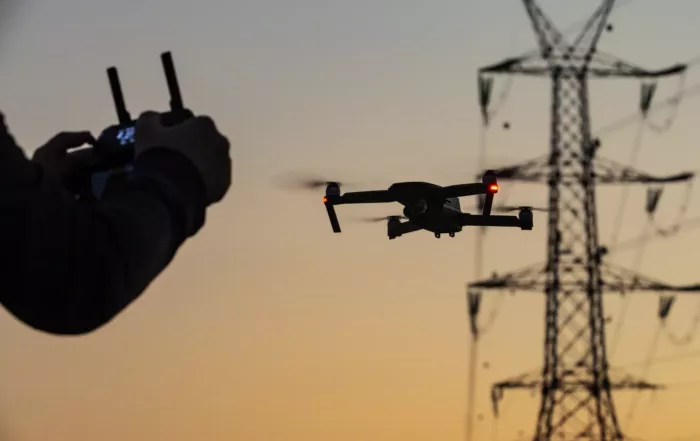WHY CHECKLIST?
- Aviators use checklists to ensure they don’t miss critical procedures, to aid in decision making, and to pre-plan what actions must be taken in specific scenarios.
- Aeronautical Decision Making (ADM) is the backbone of safe aviation at all levels.
- Remote Pilots should be actively using ADM and checklists when they are planning to fly and during the flight itself.
- Review Advisory Circulars 91-57B, 107-2, and 60-22 and the Pilot Handbook of Aeronautical Knowledge for more information.
MANNED OR UNMANNED – WE ARE ALL PILOTS
Aeronautical Decision Making (ADM) is the backbone of safe aviation at all levels. The FAA defines ADM as “a systematic approach to the mental process of evaluating a given set of circumstances and determining the best course of action.”
ADM is a significant part of aviation at all levels of skill, knowledge, and experience. Each one is slightly different in specifics, but in general, they all refer to the important ability to quickly determine what is going right or wrong or what could go wrong, sift through your options to determine your best course of action, and then execute that best course of action. General Aviation and Commercial Aviation often use a derivation of an FAA framework for ADM that asks the aviator “Perceive, Process, and Perform”. Military Aviation developed the well-known OODA Loop, which asks the aviator to “Observe, Orient, Decide, and Act”.
An important component of ADM is the use of checklists to guide decision making and minimize the time spent processing. Aviators use checklists to avoid rote memorization, to aid in decision making, and to pre-plan what actions must be taken in specific scenarios. Pre-planning what to do in both emergency and non-emergency situations can make operating much safer than having to develop a plan on the fly. For example, a large majority of General Aviation and Commercial Aviation uses checklists on every flight. Often, there are two sets of checklists: one for normal flight operations and one for emergency situations. Using a checklist for normal operations ensures that steps are not forgotten or skipped, and that routine actions are performed in a routine way. Using a checklist for emergency situations ensures that in an emergency, steps are not skipped.
Remote Pilots should be actively using ADM and checklists when they are planning to fly and during the flight itself. A recreational UAS pilot should not only know the best and simplest process for starting the rotors, checking equipment, and making sure that the aircraft is safe to fly, but they should also pre-plan what they will do in an emergency. For example, since UAS must give way to all other aircraft, a UAS pilot can add to their checklist exactly what procedures, in detail, they will perform if another aircraft is operating nearby or if one of their rotors fail so that they know what to to avoid the other aircraft or people on the ground.
21 Biggest Drone Mistakes New Pilots Make
1. Not following the rules and regulations This is one mistake even experienced pilots make. Besides being a camera, a drone is technically an [...]
The Recreational UAS Safety Test (TRUST)
The Recreational UAS Safety Test (TRUST) What is TRUST? The law requires that all recreational flyers pass an aeronautical knowledge and safety test and provide proof [...]
Recreational Flyers & Modeler Community-Based Organizations
You are considered a recreational user if you fly your drone for fun. It is important to know when and where you can fly and how to [...]


